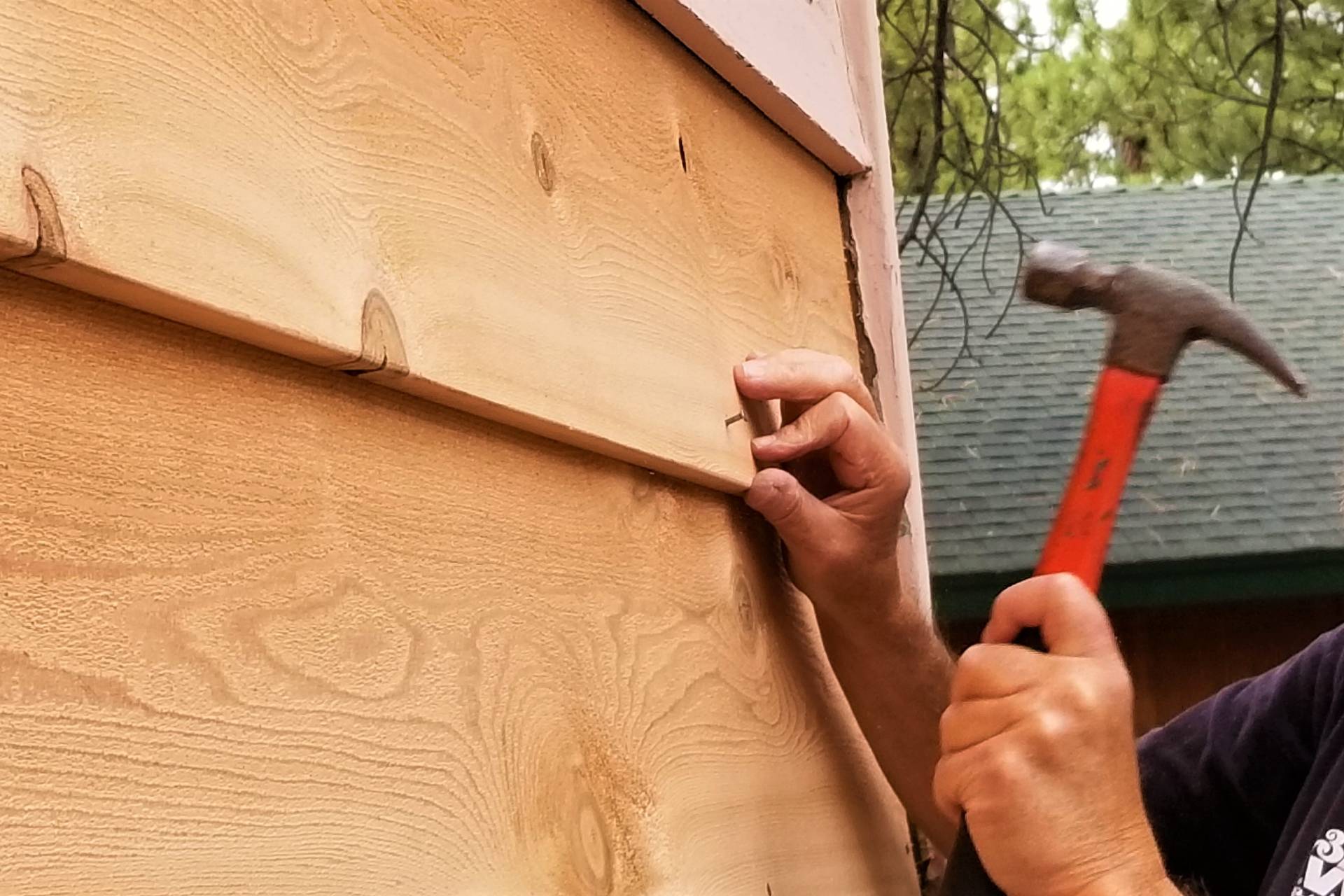5 Signs Your House Needs a Siding Repair
In addition to improving your home’s visual appearance, siding protects the exterior walls of your home from weather and water damage as well as provides additional insulation to your home. Keeping your home’s siding well-maintained can help prevent issues, such as water damage, structural issues, mold growth, and pest infestations. As such, it is essential to perform regular inspections of your home’s siding and to promptly address any issues uncovered. Here are 5 signs that your house needs a siding repair:
1. Visible Damages
Visible damage, such as cracks, holes, or chips, on the siding is an indicator that your house’s siding may need repair. Cracks, holes, and chips in the siding create openings that allow moisture to infiltrate the underlying layers of your home’s walls, which, if unattended, can lead to water damage. These small openings can also serve as entry points for pests, like insects or rodents, into your home. If not promptly addressed, small damages can lead into more extensive and expensive issues over time. To prevent further complications, promptly addressing any visible damage on your home’s siding is important. Doing so can help maintain your home’s structural integrity as well as its visual appearance.
2. Warped or Buckled Panels
Another sign that your home’s siding needs repair is warped or buckled panels, which indicate that the siding material has gone through changes that can affect functionality, appearance, and integrity. Warped or buckled siding panels can occur due to excessive moisture or improper installation. As an effect, these irregularities create a visibly uneven surface, which can impact the overall appearance of your home. Furthermore, warped or buckled siding can create gaps or openings that allow moisture or pests to enter the layer beneath, potentially leading to structural issues, water damage, mold growth, and pest infiltration. The gaps can also affect the insulation properties of the siding, reducing energy efficiency within your home.
3. Mold and Mildew Growth
The presence of mold or mildew on or around your home’s siding is a strong indication that siding repair is needed. Mold and mildew growth thrive in moist environments and can create unsightly stains and discolorations on your home’s siding. As such, mold or mildew on siding surfaces can signal underlying moisture problems, which can lead to water damage, rot, and deterioration of the siding and, potentially, the structure. If left unchecked, mold and mildew can spread to adjacent areas and increase the scope of necessary repairs.
Mold and mildew also come with a musty odour that can permeate both the interior and exterior of your home. This can be unpleasant for your family and guests. Furthermore, mold and mildew growth poses health risks to occupants. Exposure to mold spores can lead to allergies, respiratory issues, and other health problems. To protect your family’s health, it is important to address mold growth immediately.
4. Loose or Missing Panels
Siding panels that are loose, hanging, or missing are clear indicators that siding repair is necessary. Aside from affecting the exterior appearance of your home, loose or missing panels leave the underlying structure of your home vulnerable to damage. Loose or missing panels create gaps that allow rain, wind, and other environmental elements to penetrate beneath the siding, which can lead to water damage, pest entry, mold growth, rot, and deterioration. If unattended, nearby panels can also become loose due to exposure to weather conditions, enlarging the damaged area of the siding and posing safety concerns in the surrounding area. Loose and missing siding panels can eventually weaken the structural integrity of your home. Furthermore, gaps in the siding can inadvertently allow conditioned air to escape and outdoor air to enter your home. This could decrease energy efficiency in your home and potentially increase your energy bills.
5. Increased Energy Bills
Unexplained increases in your energy bills can be a sign that the siding needs to be repaired or replaced. Since siding provides an additional layer of insulation, it can help regulate indoor temperatures in your home. If your siding is damaged, warped, or poorly sealed, it can compromise your home’s insulation and force your air conditioning or HVAC system to work harder to maintain a comfortable temperature within your home. Gaps, cracks, or loose siding panels can allow outdoor air to enter your home and indoor air to escape, creating drafts that make your home feel less comfortable. Some areas may feel cooler or warmer than others, which may lead you to adjust your thermostat more frequently. As such, if you’ve noticed sudden and unexplained spikes in your energy bills, it could be an effect of compromised siding.
If you suspect that your home’s siding might need repairs or replacement, it is a good idea to seek the services of a professional. A professional can assess the condition of your siding and recommend the appropriate repairs or replacements to keep your home protected and maintained.

